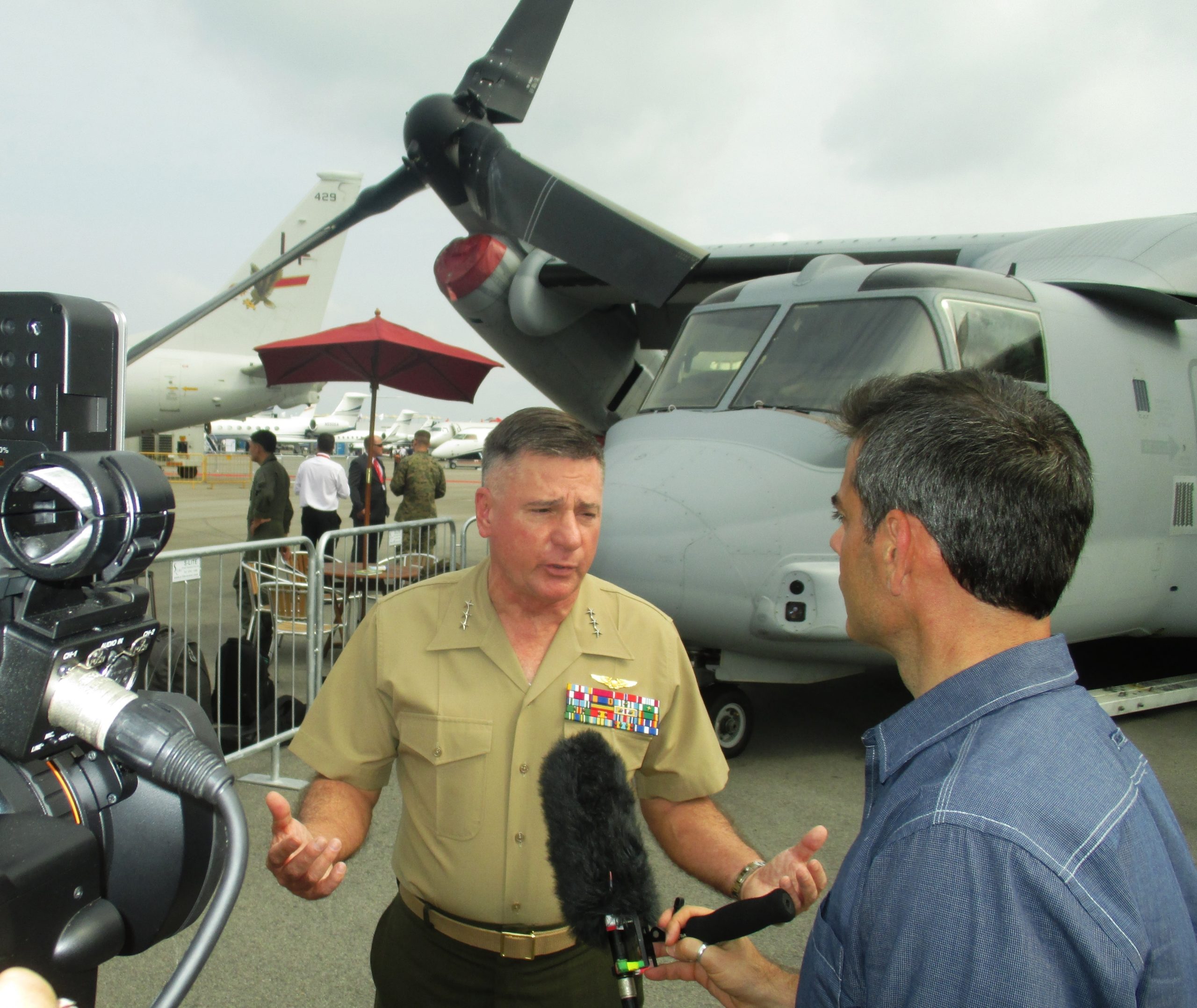By Robbin Laird
Too often, the focus is upon Taiwan as a U.S.-Chinese problem or confrontation. Leaving aside the question of why the Communist Party ruling the mainland has any right to seize a free democracy, such a focus misses the question of who lives in the first island chain. It is not Americans: It is Filipinos and Japanese.
The Chinese threats are not about Taiwan but changing the world in their favor. Forget the “rules based order”: welcome the new authoritarian order. There is a NATO-Russian war in Ukraine: are we going to see a similar war in the Pacific?
One way to avoid this is to convince the Chinese leadership that this will never be a clean quick takeover of people who live in a free democracy. It will be the start of a major conflict, similar to what the Japanese did when they slaughtered the Chinese in 1938 at Shanghai.
Taiwan needs to be part of the wider strategic effort of the liberal democracies to rework their defense relationships so that Taiwan is not an isolated tidbit to be eaten by the Chinese dragon.
Ed Timperlake and I wrote about a possible way ahead along these lines in an article we wrote in December 2016. “Both the technology available to the United States and the policy shifts of core allies in the Pacific are enabling the forging of a deterrence in depth strategy. As Japan has focused on its extended defense, Australia upon the integration of its forces with a capability also for the extended defense of Australia and with U.S. forces focus on shaping a force to operate over the extended ranges of the Pacific, now is the time for a serious rebooting of the role of Taiwan in extended Pacific defense and security.”
As Taiwan looks to build its forces to enhance its ability to be resilient and part of a broader defense in depth strategy of the liberal democracies, the role of U.S. and allied defense industry is important but will only play its expanded role if old limiting practices of defense trade are modified, and the new technologies unleased by the autonomous revolution are fully embraced.
The question of re-working the role of U.S. defense industry in its cooperation with Taiwan has been highlighted by the first visit of a U.S. defense industrial delegation to Taiwan since 2019. Headed by Lt. General (Retired) “Stick” Rudder, a group of defense industrialists visited the island in May 2023 to support a broader conversation and cooperation between Taiwan and the United States in the defense industrial area.
An AP article published on 3 May 2023, highlighted the visit.
“Speaking at a public forum in Taiwan’s capital Taipei, retired Lt. Gen. Steven Rudder said the U.S. wants to be part of the defense capabilities of Taiwan and improve the supply chain resilience of the island. He also emphasized how critical the island’s position is for security.
“For the Asia-Pacific, I would offer there’s not another more important area in the world to maintain peace,” Rudder said Wednesday morning at the Taiwan-U.S. Defense Industry Forum.
“So (when) you hear ‘a free and open Indo-Pacific,’ this is a small part of ensuring that shared vision remains intact. We want to be part of the self-defense capabilities of Taiwan,” he said.
But what has been missed in the coverage of the visit was the broader point that the U.S. and the allies are changing their military strategy to one of distributed operations and are embracing new technologies, such as next generation autonomous systems to defend their nations and their forces dispersed and distributed throughout the Pacific. In other words, instead of looking at Taiwan with the eyes of the 1950s as an outpost to be defended, it is part of the first line in a defense in depth strategy for the liberal democratic order in the Pacific.
I talked with Rudder on 21 June 2023 about his take-aways concerning the current state of the relationship. One the one hand, there is the focus on FMS or foreign military sales efforts such as with the F-16 which are subject to slower than desired implementation and spare parts supplies. On the other hand, there is the possibility of expanded cooperation of asymmetric capabilities such as UAVs, and USVs in the self-defense of Taiwan. As the U.S. and its allies are working to build such capabilities, Taiwan could be an important partner in this effort.
This is not radically dissimilar from Australia as I write about in my new book on Australian defense. The Australians have favored FMS buys, but they are slow to roll out and the supply chain issue is crucial. Yet the Australians are looking to dramatically increase their ability to deploy the asymmetric weapons and platforms which Rudder highlighted.
When one looks at the defense of Taiwan, East of Taiwan, the democracies have significant defense capability. But west of Taiwan is void of such capability. That is why one should look to sea denial as a key aspect of the defense of Taiwan and the role, for example, of wolfpack USVs in disrupting the battle rhythm of the PRC forces can be facilitated by such weapon systems. Taiwan could well be the showcase of something which other liberal democracies in the Pacific might emulate.
This also raises an aspect of the defense challenge facing the democracies, namely, how do we collectively build an arsenal of democracy? This requires multiple production lines spread throughout the democracies, and certainly one should consider Taiwan as part of such an effort.
Rudder agreed. “What we really need more than one line for the systems that we’re building. And right now, our defense department acquisition laws mean that we down select one winner. And usually, one winner means one production line.”
We won’t get an arsenal of democracy this way. In other words, instead of thinking of Taiwan as a country of last resort in selling whatever FMS systems we are willing to sell, why not make them a player in building the new arsenal of democracy in the Pacific, certainly with regard to asymmetric or autonomous systems?
For my recent discussions with Aussies on the challenge of building an arsenal of democracy for the liberal democracies, see the following:




